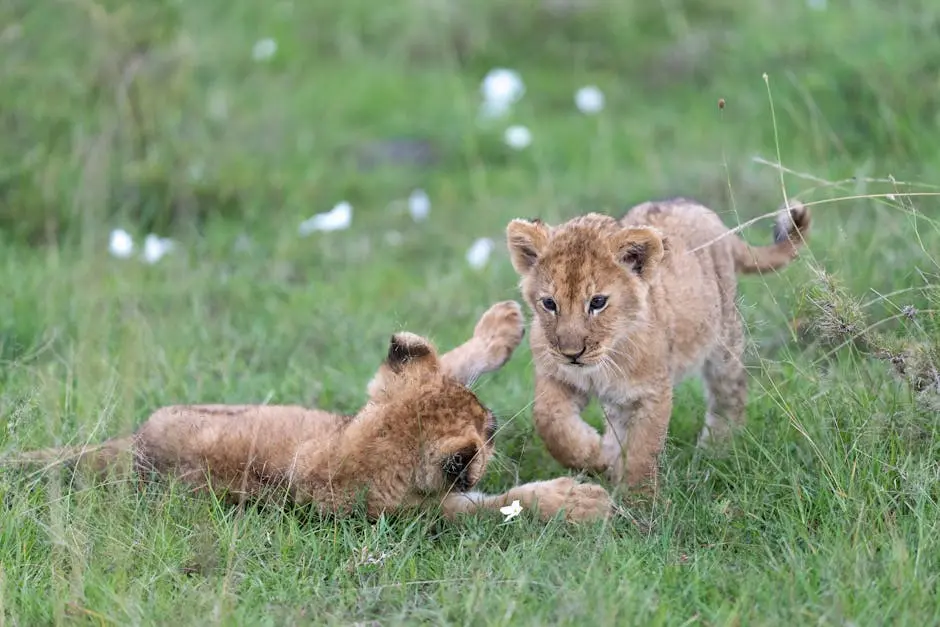
Planning a safari in Kenya and Tanzania can be an exciting adventure filled with breathtaking wildlife and stunning landscapes. To ensure you make the most of your journey, proper preparation is key. Here’s a guide to help you get ready for your unforgettable experience.
Research Your Safari Options
Before you embark on your journey, it’s essential to research the different types of safaris available. These can range from luxury lodges to camping experiences, each offering unique encounters with wildlife.
When considering your options, think about your preferences. Do you enjoy the comfort of a lodge, or are you keen on closer connection with nature while camping? Additionally, look into guided tours versus self-drives. Guided safaris often come with expert knowledge from local guides, which can enhance your experience.
Don’t forget to read reviews and testimonials from previous travelers. Websites and travel forums provide valuable insights that can help shape your decision.
Choose the Best Time to Visit
Timing is crucial for your safari experience. Understanding the best seasons for wildlife viewing will help you maximize your chances of seeing the Big Five and witnessing the Great Migration.
Generally, the dry season from June to October is considered the best time for safaris in both Kenya and Tanzania. During this period, animals are easier to spot as they gather around water sources.
However, the wet season has its perks too. From November to May, landscapes burst into vibrant colors, and newborn animals can be seen. Depending on your interests, each season offers something unique to discover.
Plan Your Itinerary
Creating a detailed itinerary will help you cover significant parks and reserves in both Kenya and Tanzania. Consider the travel distances and the best routes to take for optimal wildlife encounters.
For instance, you might want to include the majestic Serengeti National Park in Tanzania and the iconic Maasai Mara in Kenya. Decide how many days you wish to dedicate to each location. The goal is to create a balance between travel time and exploration.
Lastly, always allow for flexibility in your plans. Wildlife is unpredictable, and sometimes the best moments come from spontaneous detours.
Pack the Right Gear
Making sure you have the right clothing and equipment is vital for your safari. This includes lightweight clothing, binoculars, a good camera, and essential toiletries to ensure comfort during your adventure.
Opt for neutral-colored clothing; this not only helps you blend into the scenery but also prevents attracting unwanted attention from insects. A wide-brimmed hat and sunglasses can protect you from the sun, while sturdy footwear is necessary for excursions during your safari.
Furthermore, pack a reusable water bottle to stay hydrated and a small backpack for day trips. Being prepared with the right tools can significantly elevate your safari experience.
Stay Informed on Health and Safety
Before traveling, it’s important to understand health precautions such as vaccinations and malaria prevention. Familiarize yourself with local customs and safety tips for a secure and enjoyable experience.
Consult a healthcare professional about recommended vaccinations like yellow fever and Hepatitis A. Additionally, malaria prophylaxis is often advised for both countries, so ensure you have adequate supplies and follow up on local advice.
Moreover, understanding local customs can foster positive interactions with the communities you visit. Familiarize yourself with simple greetings in Swahili, as this can go a long way in building rapport.
Get Ready for Your Adventure!
By following these steps, your Kenya and Tanzania safari preparation will be both thorough and enjoyable. Whether it’s packing wisely or choosing the right tour operator, being well-prepared can make all the difference in experiencing the beauty of East Africa.
